In the world of yoga, there are certain poses that are considered foundational, forming the bedrock of a transformative practice. Among these esteemed asanas, Tadasana, also known as Mountain Pose, holds a unique and prominent position. Its deceptively simple appearance belies a profound depth, offering a wealth of benefits that extend far beyond the physical realm.
Tadasana is a standing pose that may seem effortless at first glance. It involves standing with feet hip-width apart, grounding your feet firmly into the floor, and engaging your muscles from the core up. While seemingly straightforward, Tadasana requires subtle engagement and attention to alignment, making it a valuable tool for enhancing physical and mental well-being.
Defining Tadasana: The Mountain Pose
The name Tadasana originates from the Sanskrit words “tada” meaning “mountain” and “asana” meaning “pose.” This aptly reflects the essence of the pose, embodying the stability, strength, and groundedness of a mountain.
Tadasana is often considered the foundation of all yoga poses, as it establishes the proper alignment and engagement that carry through into other asanas. It serves as a benchmark for balance, posture, and overall body awareness.
Importance of Tadasana as a Foundational Yoga Practice
Tadasana holds immense importance in the world of yoga, serving as a foundational practice that yields a multitude of benefits. It is a cornerstone of many yoga sequences and is considered essential for beginners and experienced yogis alike.
Benefits of Tadasana
Improved Posture and Alignment
Tadasana promotes proper alignment of the spine, shoulders, hips, and knees, leading to better posture and overall body mechanics. This improved alignment can alleviate pain, reduce muscle tension, and enhance overall well-being.
Strengthened and Stabilized Muscles
Tadasana engages various muscle groups throughout the body, including the legs, core, and back muscles. This engagement strengthens and stabilizes these muscles, leading to improved balance, coordination, and overall strength.
Enhanced Balance and Coordination
The standing nature of Tadasana requires focus and balance, improving coordination and proprioception (the body’s sense of its position in space). This enhanced balance can translate into everyday activities, reducing the risk of falls and improving overall movement efficiency.
Increased Body Awareness
Tadasana cultivates body awareness by drawing attention to the subtle nuances of posture, alignment, and muscle engagement. This heightened awareness can lead to improved body control, increased kinesthetic sense, and a deeper understanding of one’s physical limitations and capabilities.
Promotes Mental Clarity and Focus
The pose’s focus on alignment and breath can induce mental clarity and concentration. The gentle focus required to maintain proper alignment can help calm the mind, reduce stress, and promote a sense of inner peace.
Incorporating Tadasana into Your Yoga Routine
Tadasana is a versatile pose that can be incorporated into a variety of yoga sequences. It can be practiced as a standalone pose, as part of a warm-up routine, or as a transitional pose between other asanas.
How To Do The Tadasana
- Stand with your feet hip-width apart, with your heels and toes firmly pressed into the floor.
- Ground down through all four corners of your feet, engaging your thigh muscles and drawing your kneecaps up and in.
- Keep your legs straight but not locked.
- Lengthen your spine, drawing your crown of your head towards the ceiling.
- Roll your shoulders back and down, relaxing your arms at your sides with your palms facing forward.
- Engage your core muscles, drawing your navel towards your spine.
- Keep your chin parallel to the floor and your gaze slightly forward.
- Breathe smoothly and deeply through your nose and out your mouth.
- Hold the pose for 5-10 breaths, gradually increasing the duration as you become more comfortable.
Tips for Maintaining Proper Alignment in Tadasana
Here are some tips for maintaining proper alignment in Tadasana:
Visualization Techniques
Imagine yourself as a sturdy mountain, rooted and grounded in the earth. Feel your roots anchoring you to the ground and your body extending upwards like a strong and stable mountain peak. This visualization technique can help you maintain a sense of stability and groundedness throughout the pose.
Core Engagement
Draw your navel towards your spine to stabilize your lower back and create a strong foundation. Engaging your core muscles will help you maintain a neutral spine and prevent your hips from swaying or tilting.
Spinal Lengthening
Imagine a string pulling the crown of your head towards the ceiling, elongating your neck and spine. This gentle lengthening of the spine will help you maintain an upright posture and prevent your shoulders from hunching forward.
Shoulder Relaxation
Avoid hunching or tensing your shoulders; let them hang freely at your sides. Relaxing your shoulders will help you open up your chest and improve your overall posture.
Grounding the Feet
Firmly root your feet into the floor, spreading your toes wide. Grounding your feet will help you maintain a sense of balance and stability throughout the pose.
Additional Tips:
- Use a wall for support: For beginners, standing with your back against a wall can provide additional support and help maintain proper alignment.
- Adjust your foot stance: Adjust the width of your feet to a comfortable distance. Your feet should be hip-width apart, but you can adjust them slightly if needed.
- Use props for support: Use blocks or a chair to support your hands or hips as needed. If you have difficulty standing with your feet flat on the floor, you can place a block under each heel.
- Start with shorter holds: Gradually increase the duration of your holds as you become more comfortable. You may want to start by holding Tadasana for 5-10 breaths and gradually increase the duration to 30 breaths or more.
Variations and Modifications of Tadasana
To make Tadasana more accessible and adaptable for individuals with different needs and preferences, there are several variations and modifications that can be incorporated. These modifications can help maintain proper alignment, reduce strain, and enhance the overall experience of the pose.
Tadasana with a Wall for Support
Standing with your back against a wall can provide additional support and help maintain proper alignment, especially for beginners. Place your heels about six inches from the wall and adjust your foot stance to a comfortable distance. Engage your core muscles and maintain a neutral spine as you press your back into the wall.
Adjustments for Comfortable Foot Placement
The standard foot placement for Tadasana is hip-width apart, but this can be adjusted to suit individual needs and preferences. If you find that hip-width stance is uncomfortable, you can widen or narrow the distance between your feet. Experiment with different foot placements until you find a position that feels stable and comfortable.
Use of Props for Additional Support
Props such as yoga blocks or a chair can be used to provide additional support and reduce strain in Tadasana. If you have difficulty standing with your feet flat on the floor, place a block under each heel to elevate your heels and reduce strain on your ankles and calves.
You can also use a block or chair to support your hands if you find it difficult to keep them at your sides. Place the block or chair at a height that allows you to rest your palms comfortably without rounding your shoulders.
Explorations of Different Arm Positions
Tadasana is traditionally practiced with arms at the sides, palms facing forward. However, there are several variations of arm positions that can be explored to add diversity to the pose and engage different muscle groups.
- Arms Raised Overhead: Extend your arms overhead, palms facing each other. This variation opens up the chest, strengthens the shoulders, and promotes a sense of expansiveness.
- Arms at Chest Level: Bring your palms together in front of your chest, elbows slightly bent. This variation strengthens the chest and shoulders while promoting a sense of balance and grounding.
- Eagle Arms: Cross your right arm over your left arm, bringing your palms together at your elbows. This variation strengthens the arms and shoulders while promoting flexibility and balance.
- Cactus Arms: Bend your elbows, bringing your forearms parallel to the ground, elbows at shoulder height. This variation strengthens the shoulders and triceps while promoting a sense of stability.
Tadasana is a versatile pose that can be practiced by people of all ages and levels of experience. It is a great way to improve your posture, balance, and overall well-being.
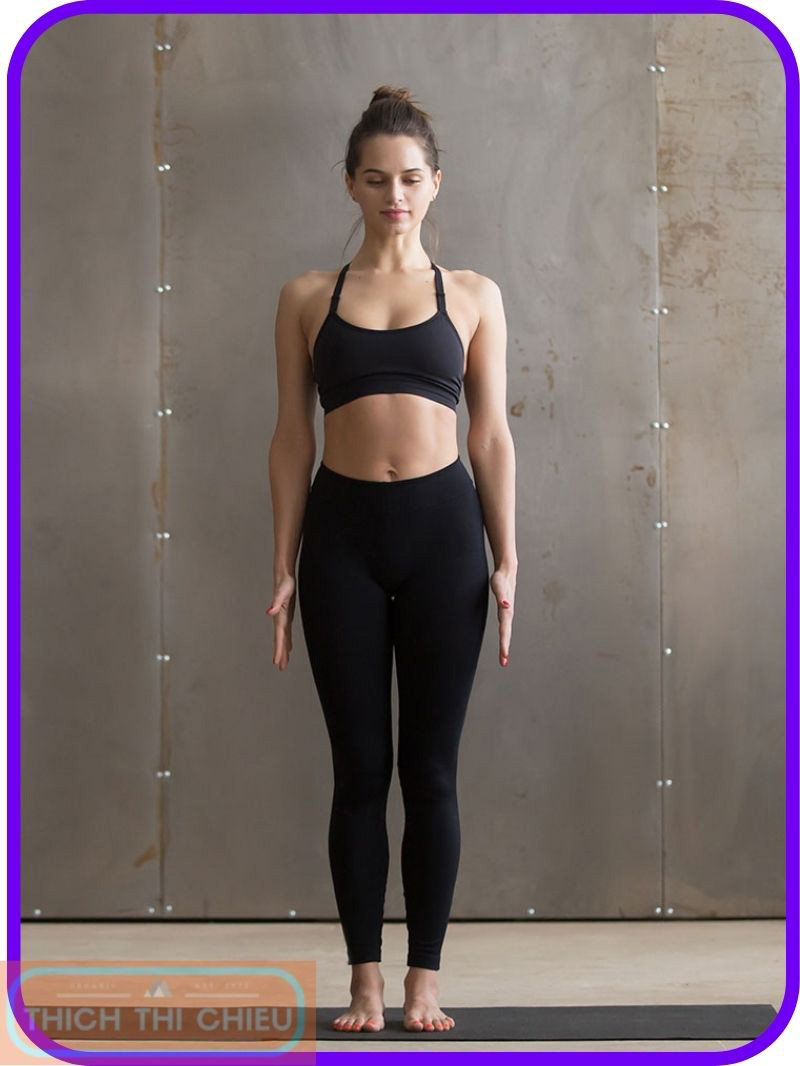
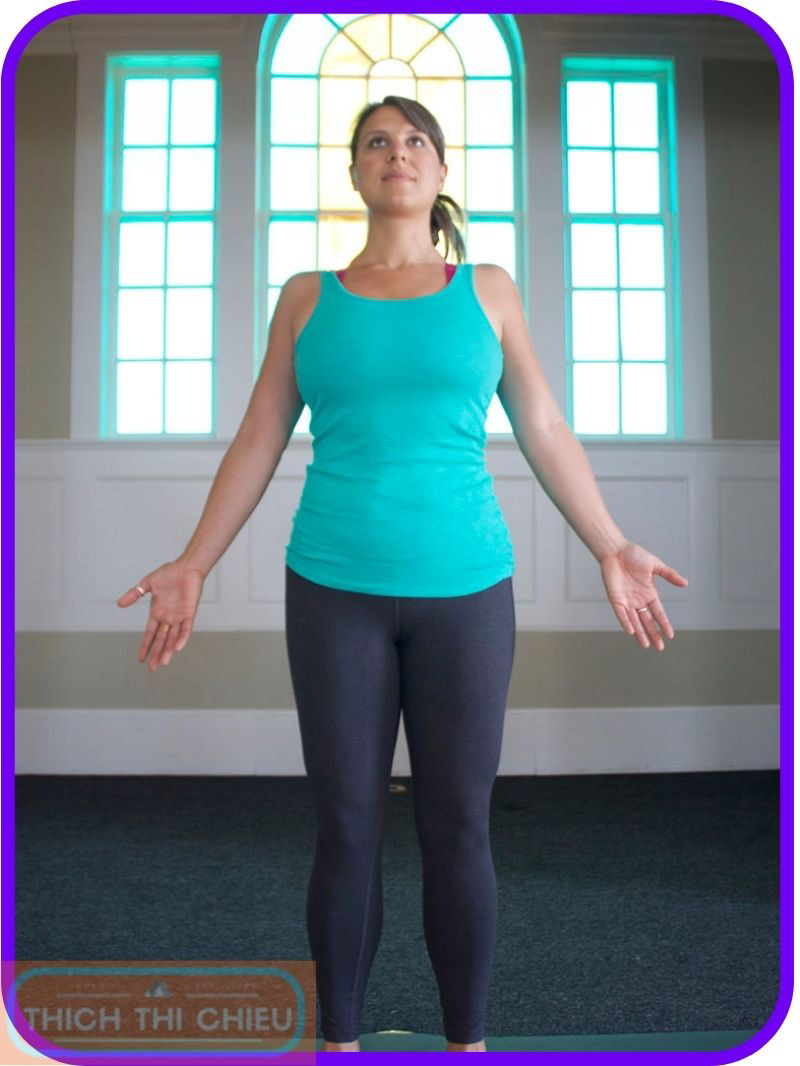
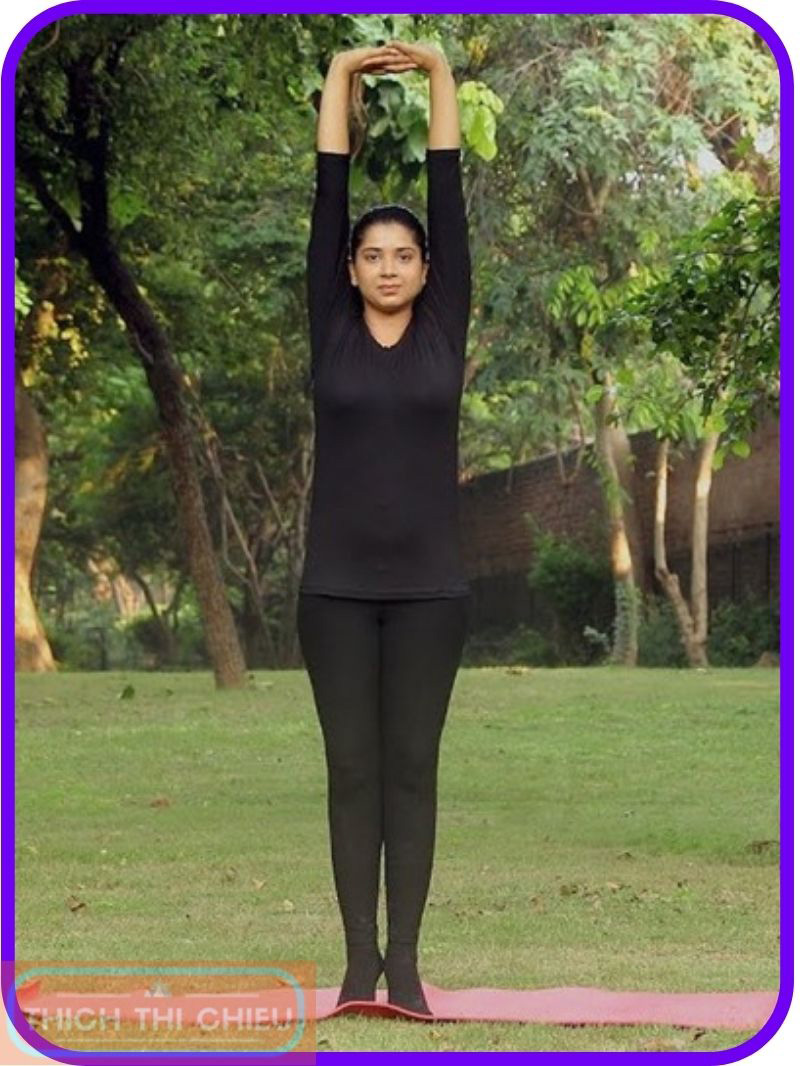
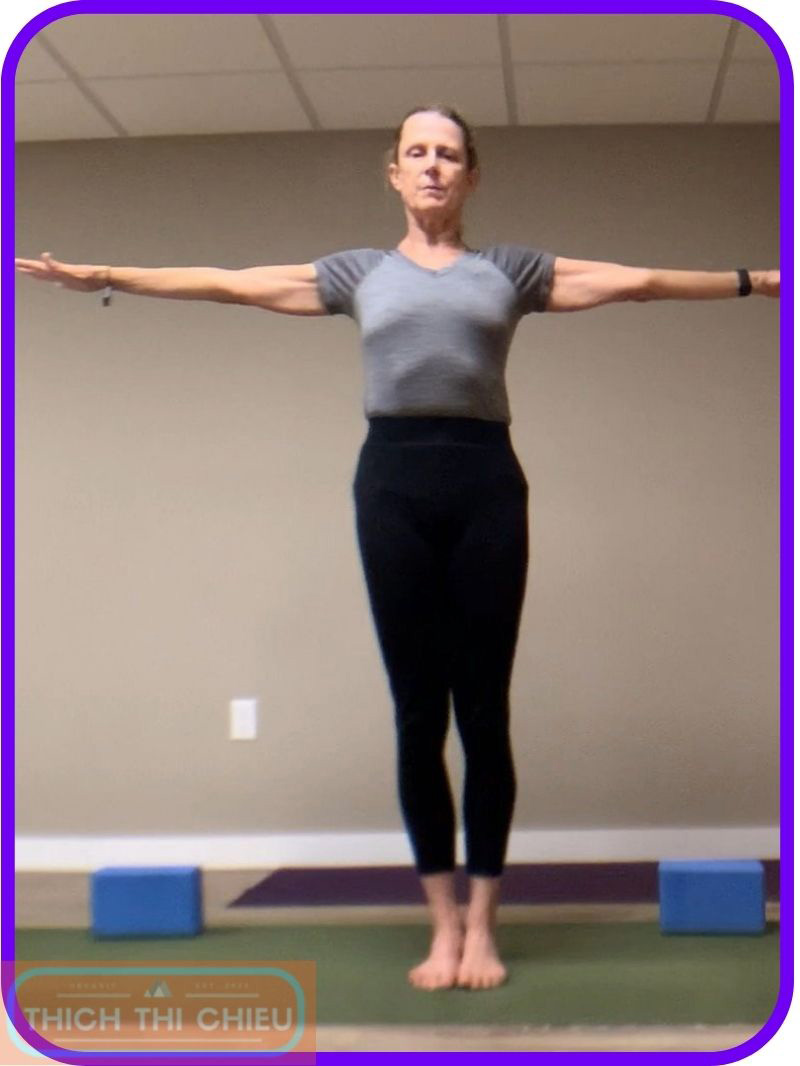
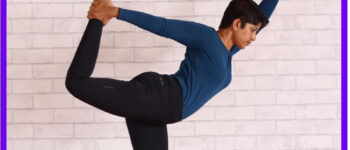




Leave a Reply